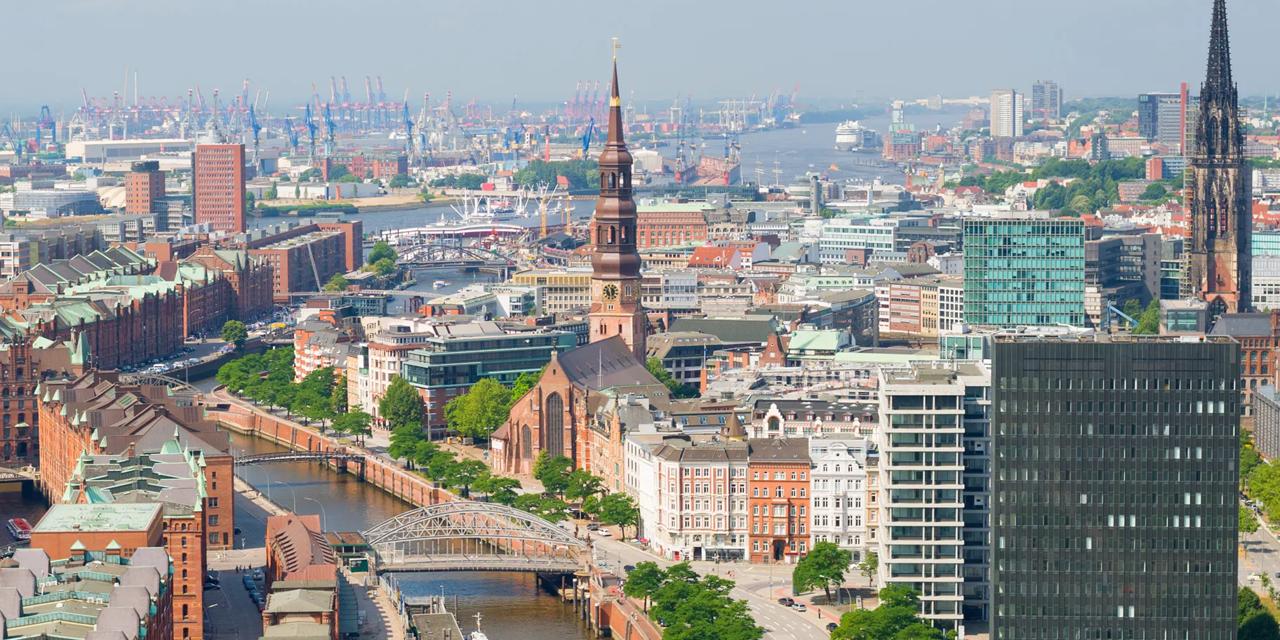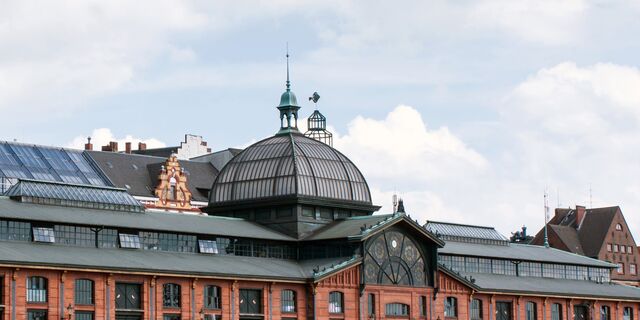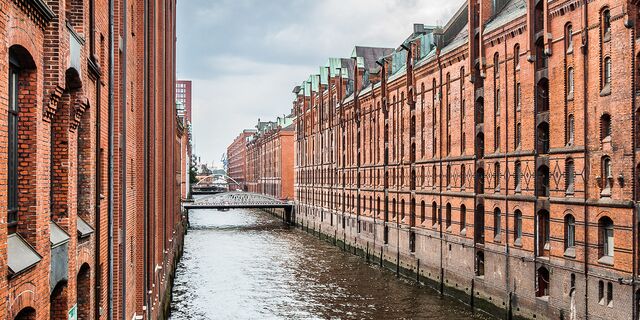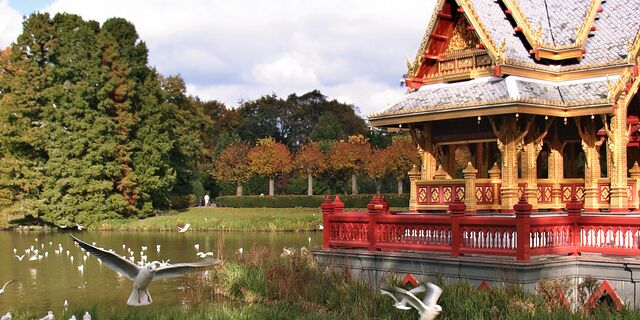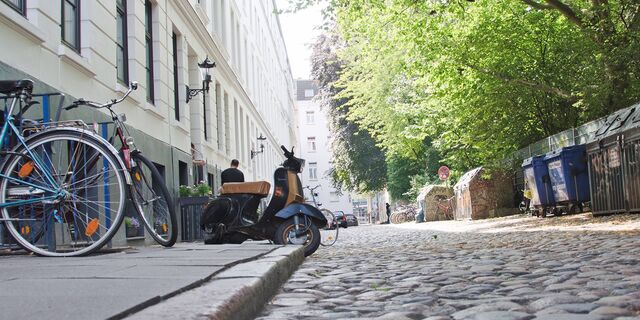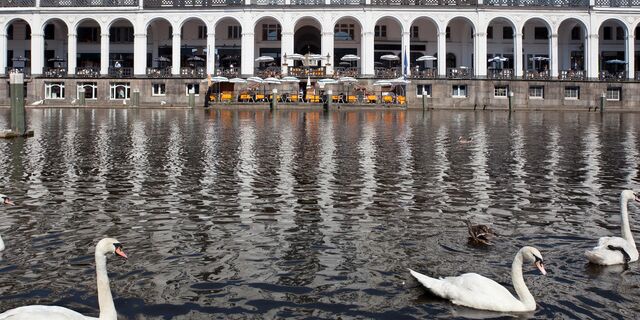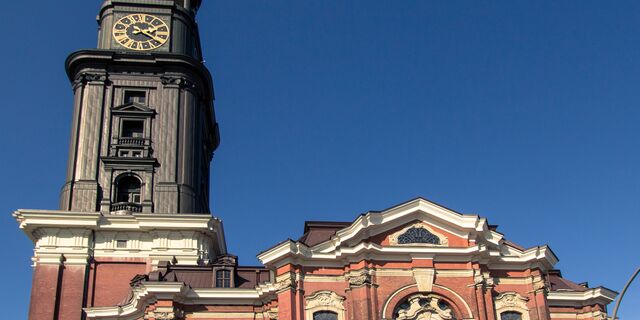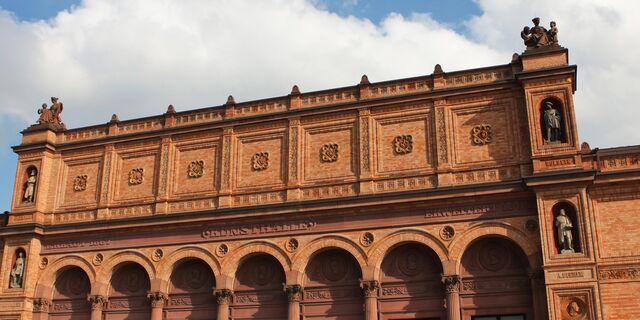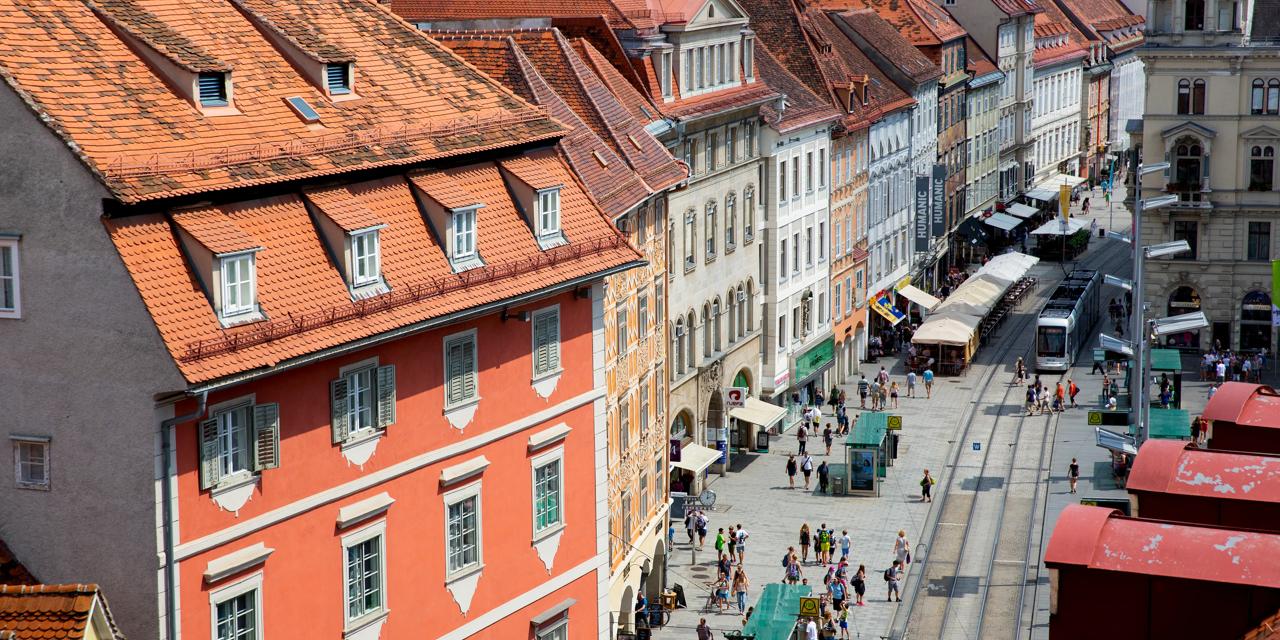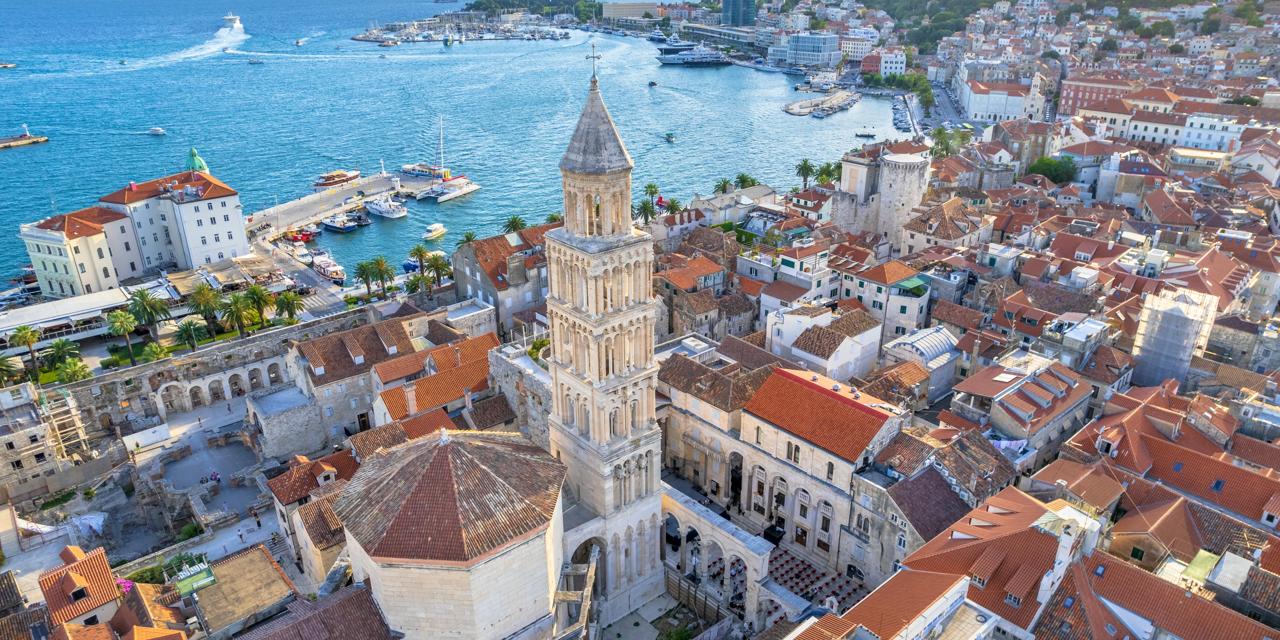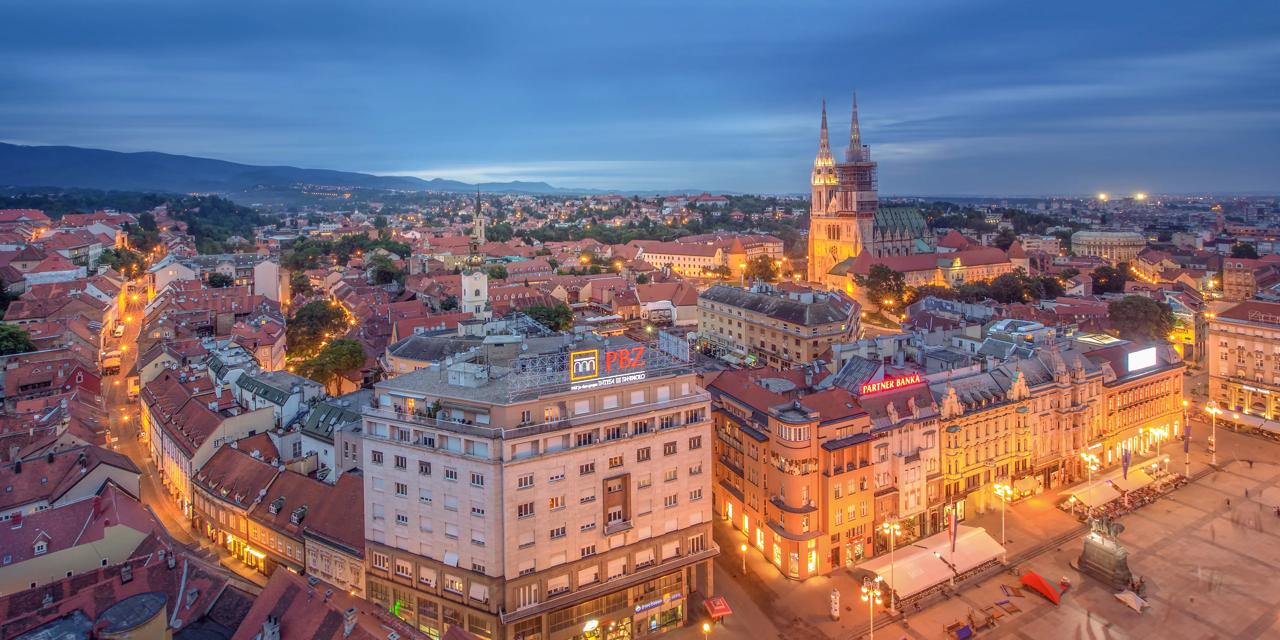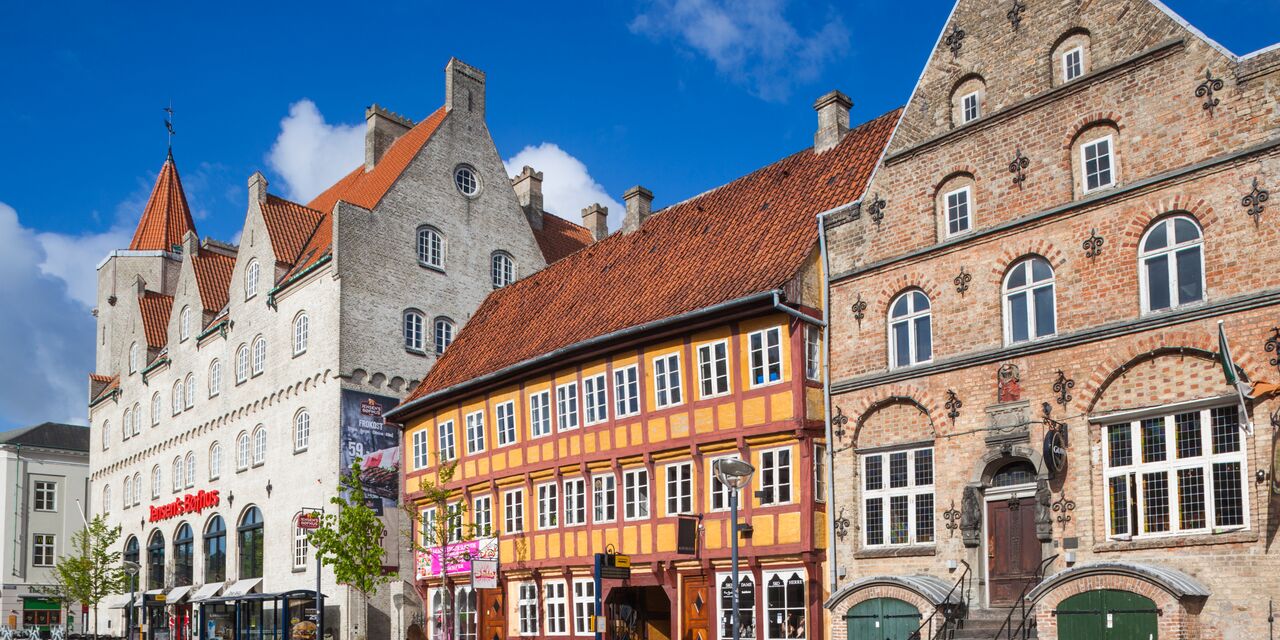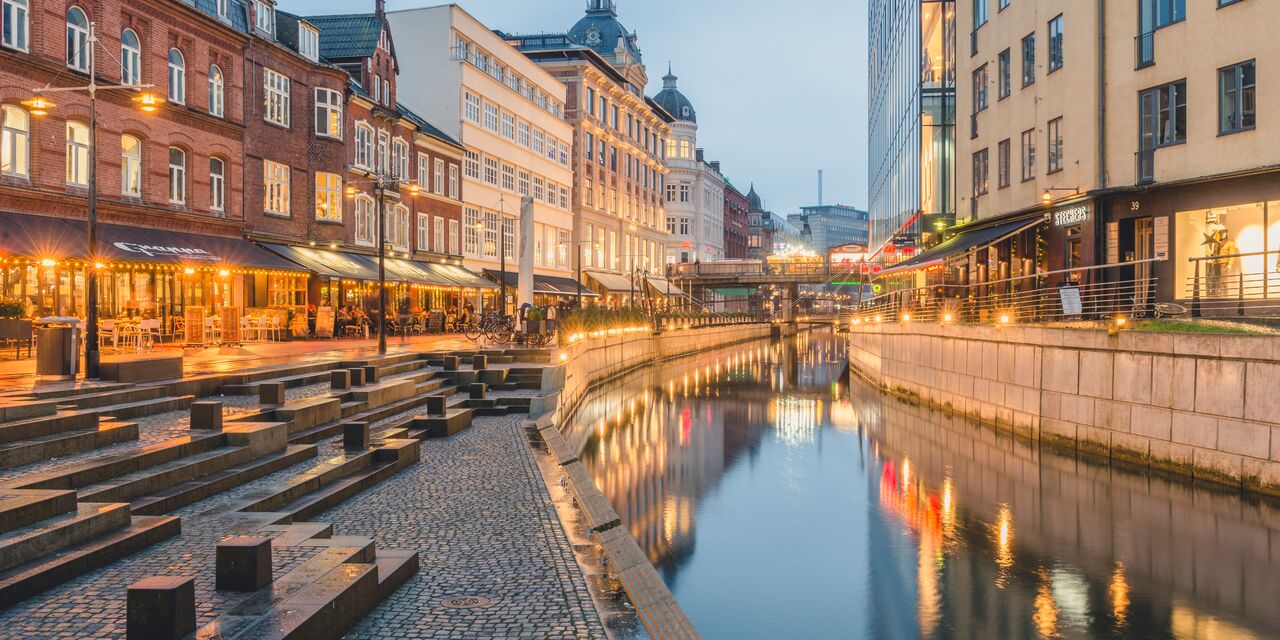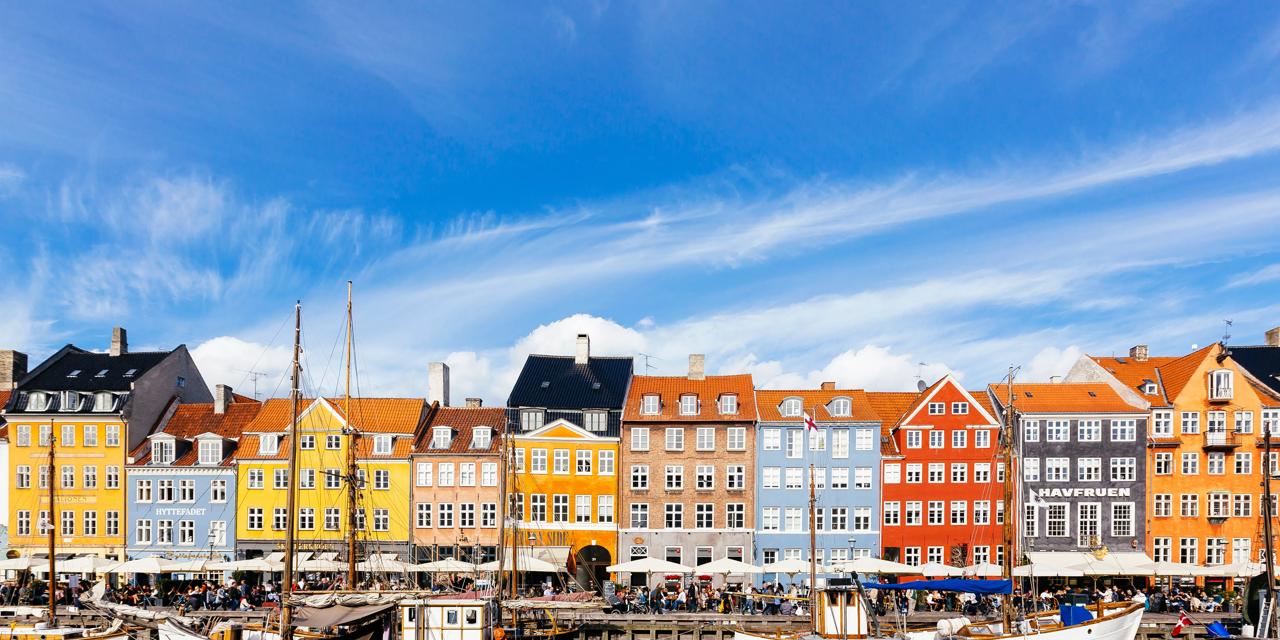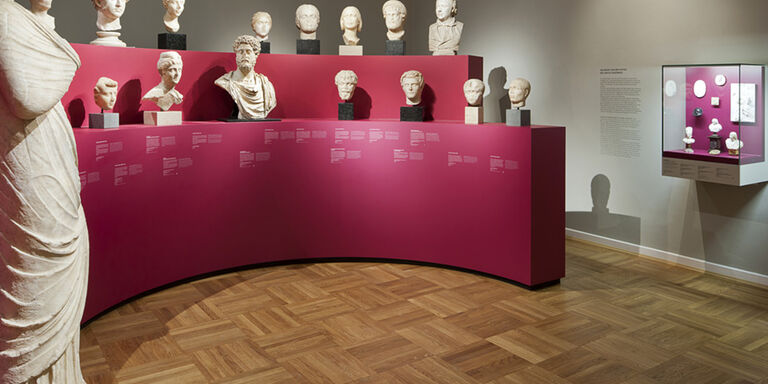
Egyptian sarcophagi
Beautifully decorated Etruscan vases and a silver folding mirror from Sicily are just a few examples of the collection of antique art with more than 5500 objects from the Near East, Egypt, Greece and Rome. Some objects are 4000 years old. Visitors can marvel at jewellery from the Bronze Age and amulets and sarcophagi from ancient Egypt. The exhibit also gives a lot of information about ancient civilisations. For example, learn more about the drinking culture of women in Ancient Greece.
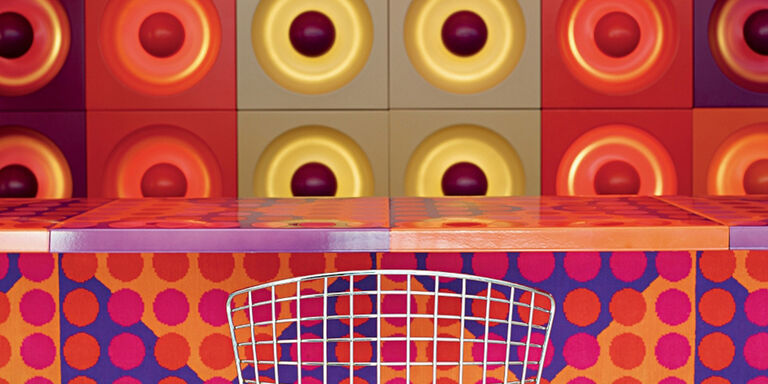
From utensil to art
What is the beauty in an electric tea pot, a sofa bed or an MP3 player? The exhibit about design places everyday objects on a pedestal and presents them as art. This is one of the most famous collections of the MKG: explore 200 years of design history. See the development of design – from industrialisation, mass production and art deco to exclusive contemporary showpieces. And of course this exhibit is a never ending story as there is always room for new innovative designs.
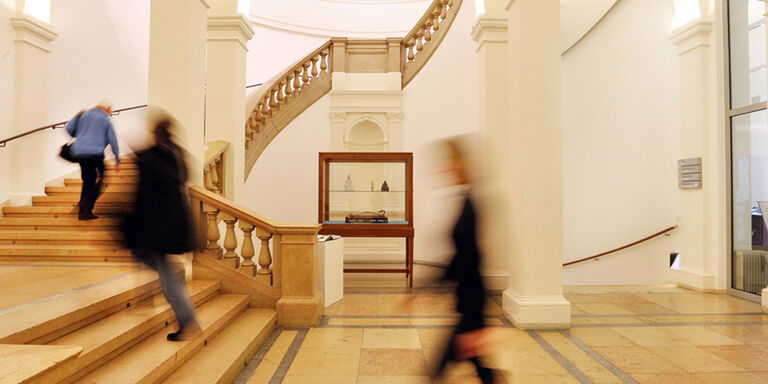
Precious Oriental rugs
The collection of Islamic art contains valuable objects such as two 16th-century manuscripts - one decorated with gold leaf and silver, and the other a collection of poems by Sultan Süleyman the Great. Also interesting is the display of 14th-century mosaic tiles from Uzbekistan which once adorned the mausoleum of ruler Bayan Qulï. The highlight of the collection is the royal carpet from Persia, today’s Iran: half of this 16th-century masterpiece was thought to be lost until it was found by the MKG. In 2011 it was added to the other half in the collection.

